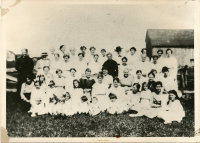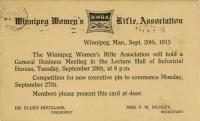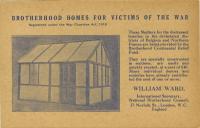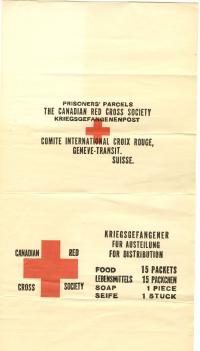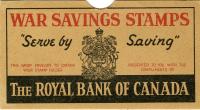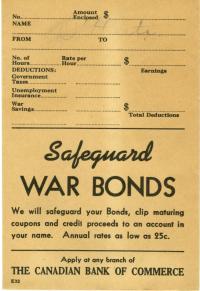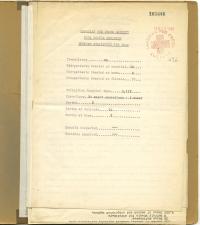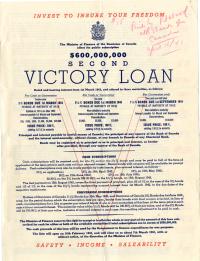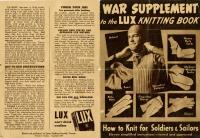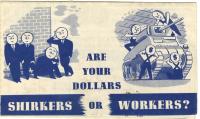Volunteering
Introductory Essay
Red Cross Walkerton Volunteers
This image of a group of volunteers for the Canadian Red Cross Walkerton branch contains many women and their children. Women’s volunteer organizations were essential to the war effort, raising millions of dollars for soldiers and medical supplies overseas.
Rifle training for Winnipeg women
This meeting announcement was sent to members of the Winnipeg Women’s Rifle Association in late September 1915. The association was involved in training women in various fields beyond shooting, and in local recruitment drives.
Brotherhood Homes
The Brotherhood Continental Relief Fund was used by the Christian Men’s Federation of Canada and the Brotherhood National Council of Great Britain to build homes for those affected most by the conflict in Belgium and France.
Prisoners' Parcels
If you (unfortunately) became a Canadian prisoner of war during the Second World War, your prisoner's parcel sent by the Canadian Red Cross would have been wrapped in a paper that looked just like this one here.
"Serve by Saving"
An envelope designed to contain stamp folders for War Savings Certificates.
"Safeguard War Bonds"
Canadians buying war bonds during the Second World War would have kept theirs in envelopes similar to this one. The war bonds and war savings certificates would have been taken to branches of the Canadian Bank of Commerce for safekeeping until their maturity date.
Canadian Red Cross Society Report of 1940
This is an in-depth report of the wartime volunteering activities and efforts led by the Red Cross in Nova Scotia in 1940. It is particularly notable for the emphasis on the role of women in assisting with the organization's initiatives, as well as references to children as both volunteers and beneficiaries of the Red Cross.
"Invest to Insure Your Freedom"
Bonds of the Second Victory Loan became available for purchase by Canadians on 16 February 1942. This application package includes the regulations and restrictions that applied to bond purchases, as well as the forms necessary to purchase bonds.
"How to Knit for Soldiers and Sailors" from the Lux Knitting Book
This additional pamphlet to the Lux Knitting Book was a War Supplement, concerned with instructing readers on how to knit garments useful to soldiers and sailors on the front. In this guide there are instructions on how to knit helmets, sleeveless pullovers, rifle mitts and heavy duty socks,
"Are your dollars shirkers or workers?"
During the Second World War, War Savings Certificates were a practical way to invest one's money while also helping the Canadian war effort. In other words, it was a patriotic way to put one's money "to work." This envelope would have been used by a civilian worker to purchase and register their War Savings Certificates through mail.

